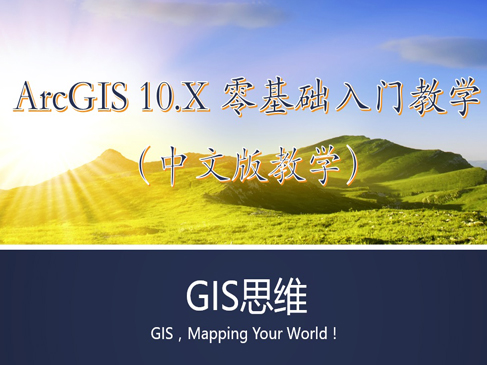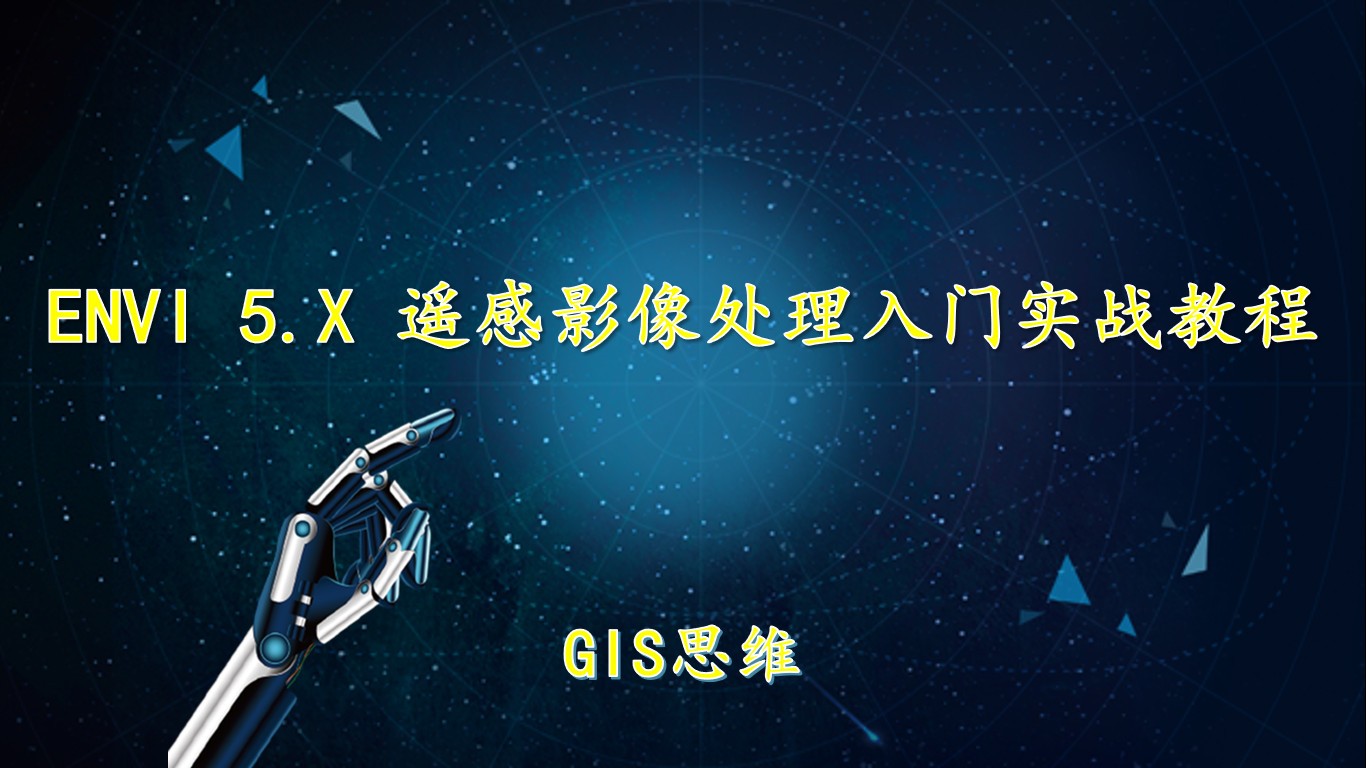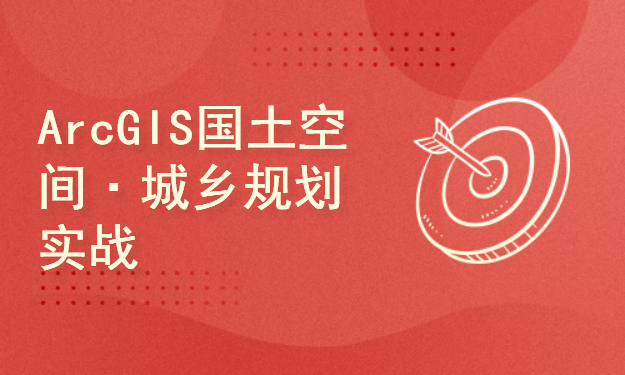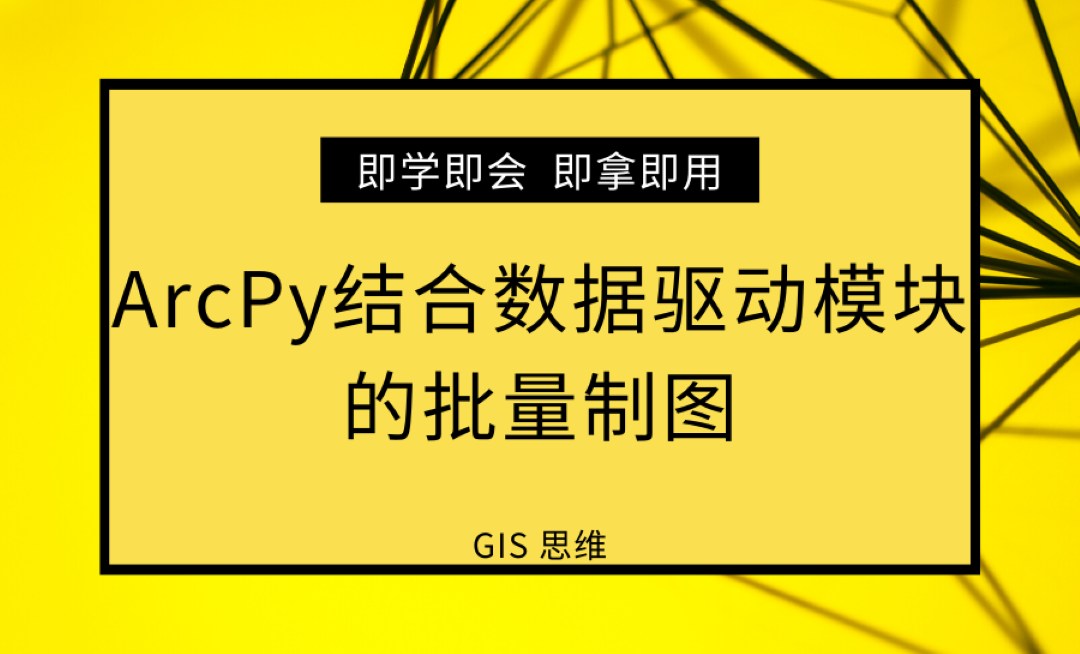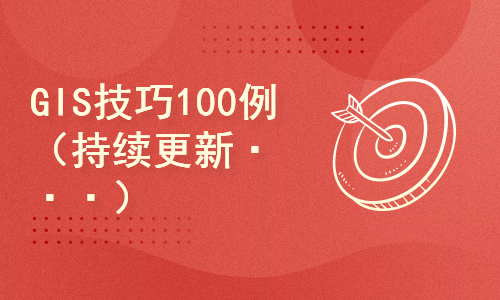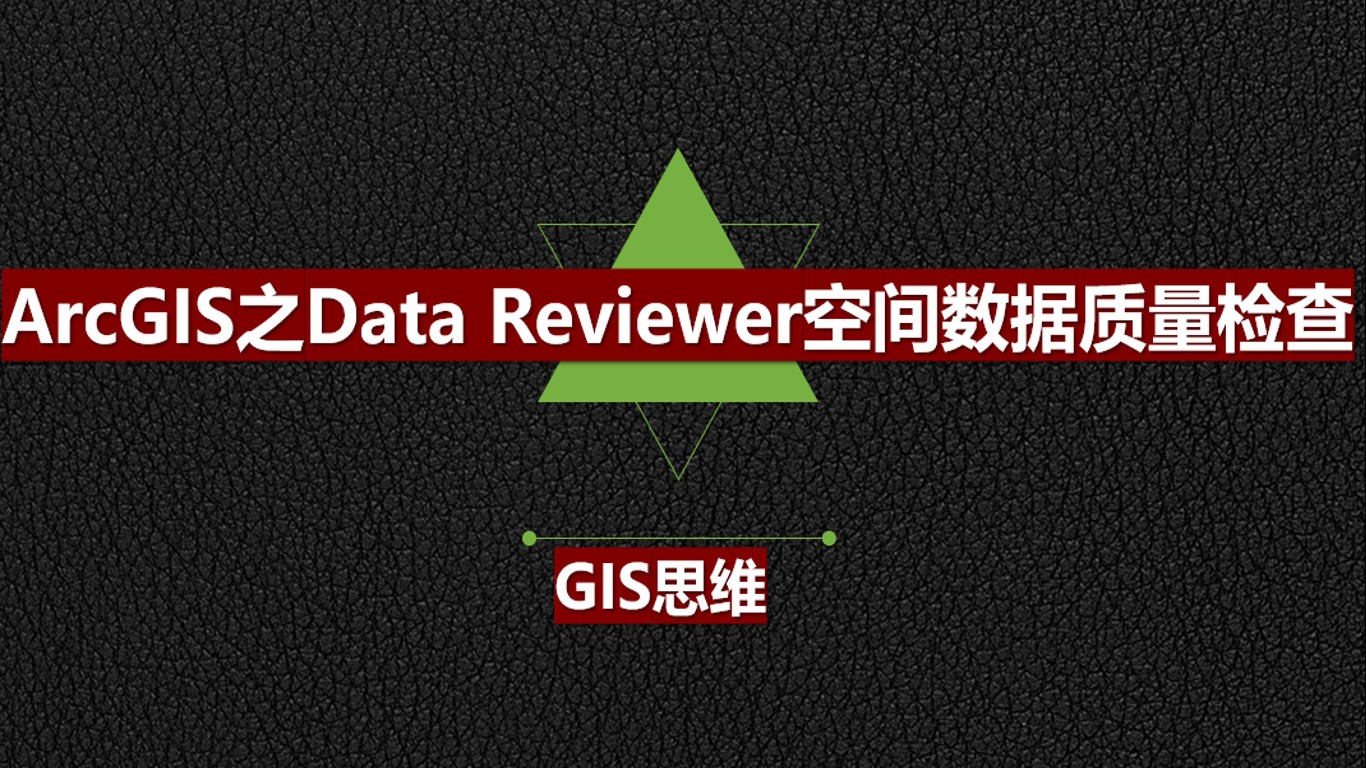ArcGIS slow startup solution

Ovi Maps | 130 customized maps are sorted and summarized, and historical satellite images of 5 provinces are presented! This video mainly introduces how to load and browse custom map sources using Ovi Maps, including the use of 2D and 3D maps. First, it introduces how to load custom map sources such as Google Maps and satellite maps on the PC side through OVMIP format, and demonstrates map browsing. Then, it explained how the mobile terminal can load a custom map source through cloud disk sharing and browse it in a two-dimensional interactive map. The entire video content is suitable for people interested in map applications, especially those who need to customize map sources for map browsing and analysis. 05:38 seven thousand one hundred and fifty-one ArcGIS Add Non offset Google Image The video introduces how to add the 2023 Google map image in GIS software, and ensure that the road network data is superimposed without offset. The demonstration showed the high-definition Google image of Fuzhou Strait Olympic Sports Center, emphasizing the speed of image data scaling and layer addition. At the same time, it guides how to operate ArcGIS software to add remote sensing map layers in XYZ format, and explains the path packaging process and the characteristics of automatic data update. The video is suitable for GIS professionals, remote sensing data analysts and other groups interested in GIS technology, and provides practical skills for data acquisition and processing. 03:50 five thousand eight hundred and four Geospatial data cloud common images, DEM data download and other common website recommendations This teaching focuses on how to download common geographic data from the geospatial data cloud platform, including remote sensing images, vector data and other data sets in various formats. The detailed steps of downloading DEM data with specified spatial resolution (such as 30 meters) by using the advanced search function are demonstrated. At the same time, it points out the limitations of free data, such as incomplete coverage and inaccurate data, and suggests users to carefully screen the data quality. In addition, it also provides methods for obtaining data through community application, and introduces other commonly used data download resource websites at home and abroad. The content of the course is very practical, suitable for beginners of GIS, remote sensing data analysts, natural resource managers and those who are interested in accurate geographical data. 09:53 five thousand three hundred and thirteen Python crawler: basic usage of Requests library This content focuses on using Python's requests library to crawl web page data. This paper introduces the applicability and convenience of requests library as an HTTP library without transgenic technology in the process of human obtaining web page data. The video explains how to install the library and how to use the GET method to obtain web objects. It also includes the explanation of HTTP status codes, which help developers identify the response status of HTTP requests. It emphasizes the importance of text coding, and it is necessary to set appropriate coding when processing crawled text data to avoid garbled code. In addition, the video provides a concrete code example demonstration of extracting web page text information through the requests library, which is intended to help developers understand how to use this tool to extract data. 07:32 38 thousand Big data architecture and ecosphere 01 The video content focuses on three stages of the development of big data technology, of which the era of big data 1.0 covers 2006-2009, and is marked by the Hadoop open source project established by the Apache Foundation and related technologies (such as HDFS, MapReduce, HBase), which mainly solves the problem of large-scale structured data batch processing. From 2009 to 2015, the 2.0 era took Spark as the mainstream computing engine, focusing on structured data processing and the emergence of multiple stream computing engines. Since 2015, the 3.0 era has focused on unstructured data processing, data sharing and solving data islands, and promoted the integration of big data, artificial intelligence and cloud computing technology. The content points out that big data technology has different architectures according to the needs of different industries, and emphasizes the continuous updating of technology and business adaptability. 09:59 29 thousand Skills to learn for IT operation and maintenance position 04:40 27 thousand Quickly Learn Threejs makes objects and cameras move along curve tracks This video mainly introduces how to realize trajectory control along a curve through technical means. First, obtain the points on the curve through the get point method in the curve function, and then obtain the position of the corresponding points according to the current time to realize the movement of the object along the curve. In addition, it also introduces how to obtain the length of the curve, decompose the curve into sections and obtain the length of each section. The video also mentioned how to realize the dynamic adjustment of object position and speed control through time conversion, 3D vector copy and other technical means. Finally, it also involves how to bind the camera to the track to realize the dynamic change of 3D view. These technical contents are suitable for those who have some programming foundation and are interested in 3D animation production. 08:30 15 thousand What stage is China's big data level at? China's big data development is facing challenges in hardware, software and awareness, which is still in its infancy. The development process includes data preparation, storage, calculation, analysis and value presentation. At this stage, there is insufficient understanding of the value of big data, and data in relevant fields are not fully utilized. The storage link depends on imported core chips; The localization degree of virtualization products in computing management is low; The analysis tools and databases mainly use foreign technologies. Localization progress can strengthen data security and enhance value display. This section is suitable for professionals who focus on local technology development, data security and big data application practice. 02:07 12 thousand
